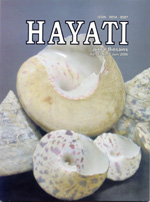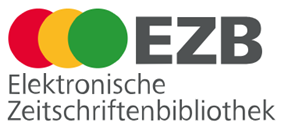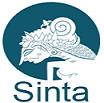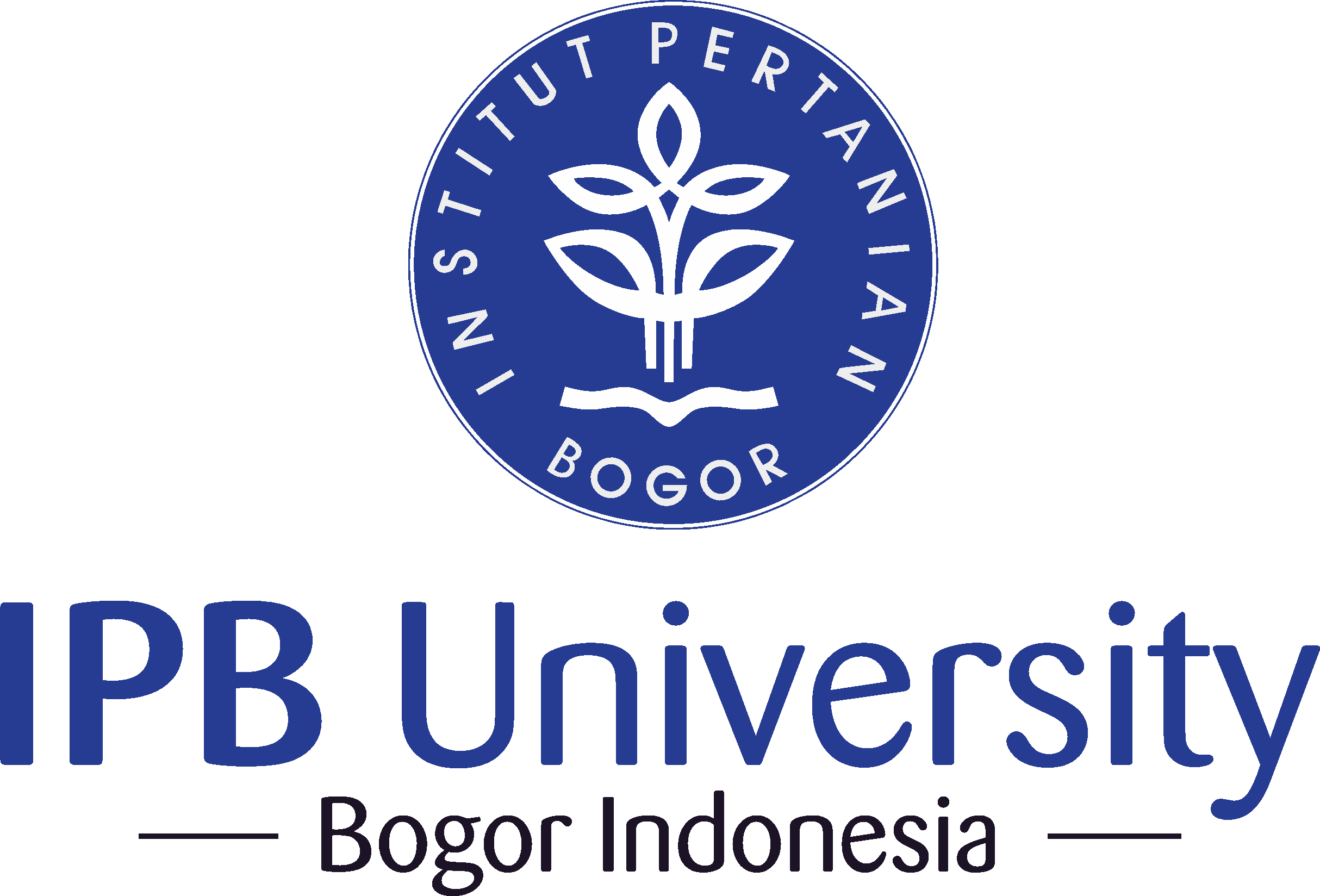Reproductive Potential of Lola Snail (Trochus niloticus) in Saparua Island, Central Maluku
Abstract
Lola (Trochus niloticus) is one of the largest sea snails that lives in the shallow water in Eastern Indonesia and the Pacific. In Saparua Island (Central Maluku), lola population tends to decline due to its exploitation for industrial need. The aim of this study is to determine the reproductive potential of lola snail in Saparua Island, Central Maluku. Lola snails were collected from six locations i.e Booi, Haria, Ullath, Ouw, Itawaka, and Nolloth (03.290-03.800 LT dan 128.320-128.430 BT). In each location a strip transect 100 x 2 m was made perpendicular to the coastline started from the lower tide level. Lola snail populations were grouped into different age classes based on the shell diameter using Bhattacharya method. The reproductive potential of lola snail was analyzed by the value of the net reproductive rate. Gonad histology analyses were made by using paraffin methods and stained by Ehrlich’s Haematoxylin-Eosin. The results showed that the net reproductive rate of lola population is 226 individuals and its generation time is 2.88 years. The histological observations showed that the oocyte consist of proliferation, early developing and mature stages.Key words: Bhattacharya, oocyt, reproductive potential, Trochus
Downloads
HAYATI J Biosci is an open access journal and the article's license is CC-BY-NC. This license lets others distribute, remix, tweak, and build upon author's work, as long as they credit the original creation. Authors retain copyright and grant the journal/publisher non exclusive publishing rights with the work simultaneously licensed under a https://creativecommons.org/


















.png) IPB University
IPB University Department of Biology
Department of Biology The Indonesian Biological Society
The Indonesian Biological Society 

